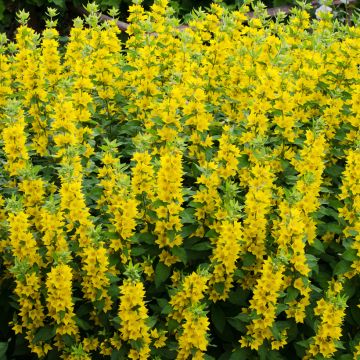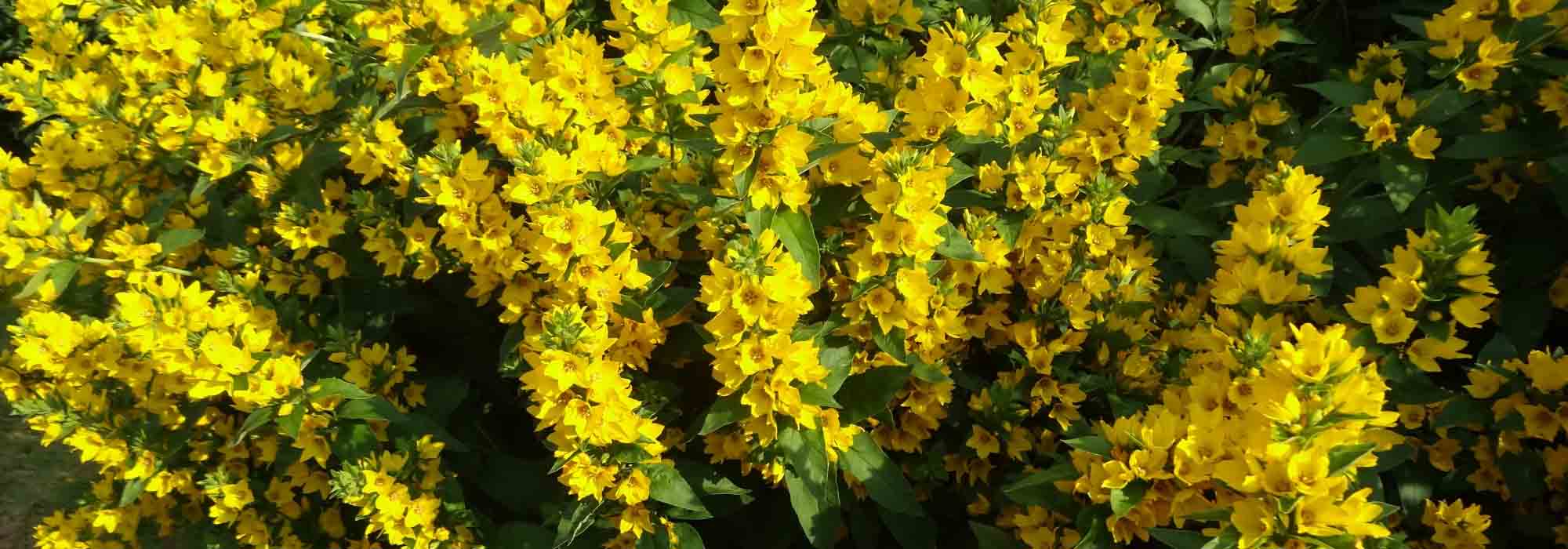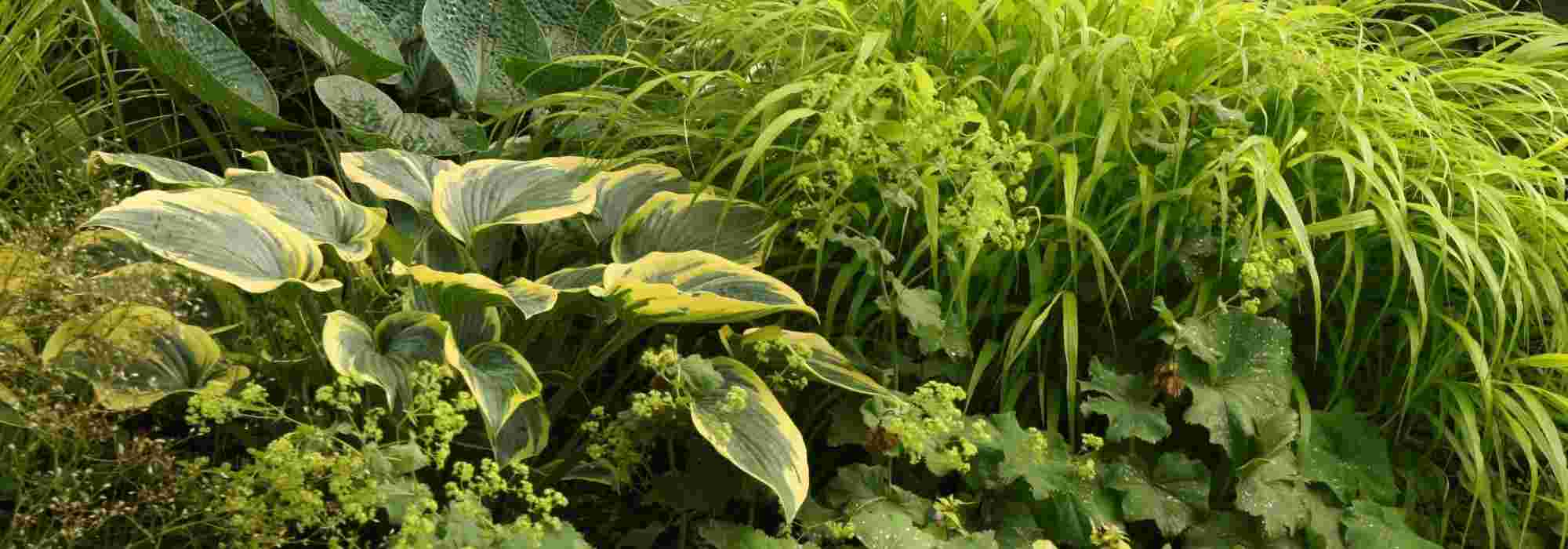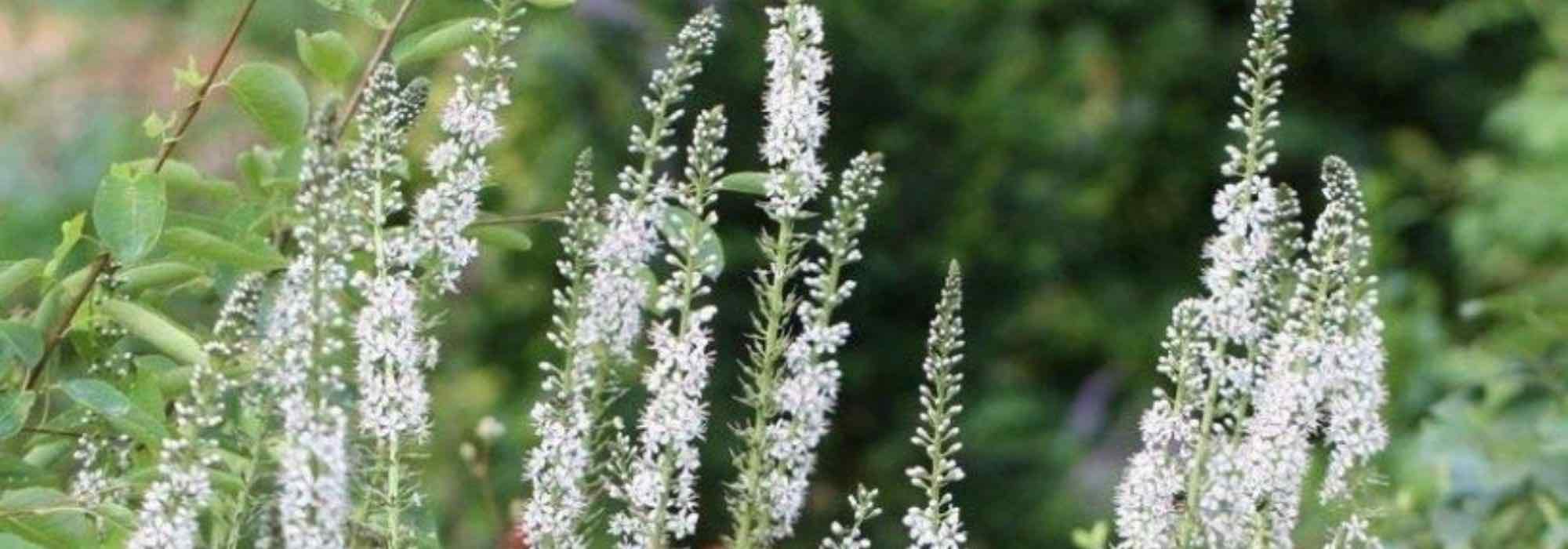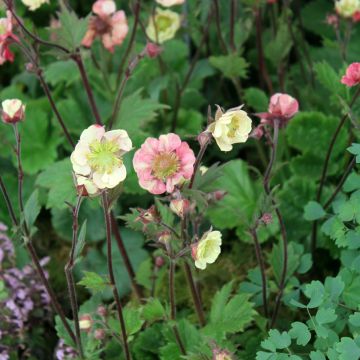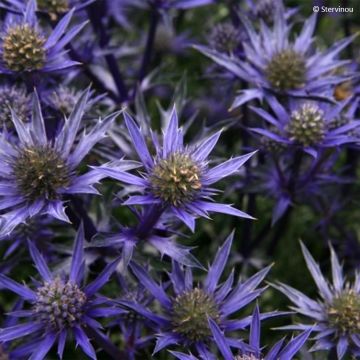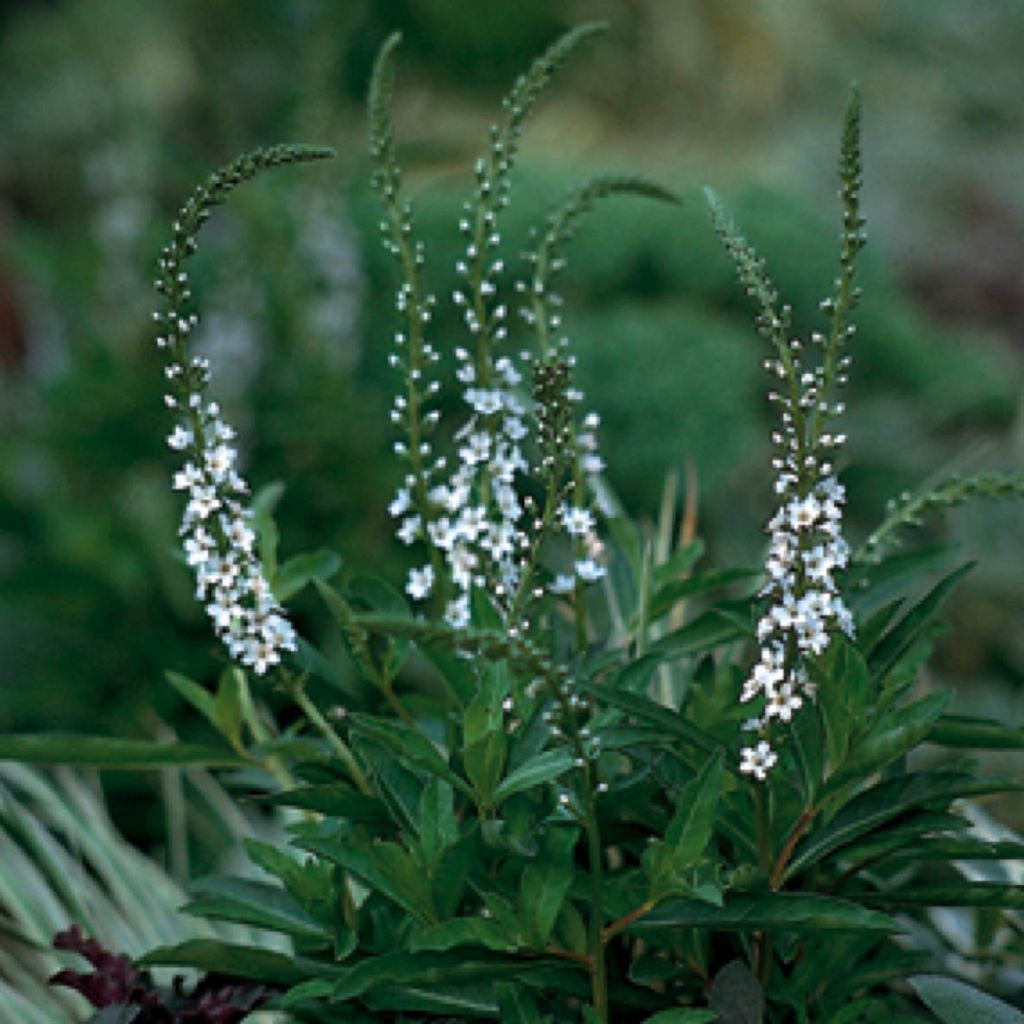

Lysimachia fortunei - Loosestrife


Lysimachia fortunei - Loosestrife
Lysimachia fortunei - Loosestrife
Lysimachia fortunei
Fortune's Loosestrife
Planted in autumn 2019, it starts flowering alongside geraniums, loosestrifes, and joe-pyes (clayey and moist soil in winter). Do the leaves that are already turning red indicate any deficiency?
Levavasseur, 19/06/2020
Special offer!
Receive a €20 voucher for any order over €90 (excluding delivery costs, credit notes, and plastic-free options)!
1- Add your favorite plants to your cart.
2- Once you have reached €90, confirm your order (you can even choose the delivery date!).
3- As soon as your order is shipped, you will receive an email containing your voucher code, valid for 3 months (90 days).
Your voucher is unique and can only be used once, for any order with a minimum value of €20, excluding delivery costs.
Can be combined with other current offers, non-divisible and non-refundable.
Why not try an alternative variety in stock?
View all →This plant carries a 12 months recovery warranty
More information
We guarantee the quality of our plants for a full growing cycle, and will replace at our expense any plant that fails to recover under normal climatic and planting conditions.

Would this plant suit my garden?
Set up your Plantfit profile →
Description
Lysimachia fortunei is native to East Asia. It embodies robustness. This perennial thrives in moist and cool soils. In summer, it displays tall spikes densely filled with delicate white flowers, emerging above elegant, bright green foliage that turns dark green and takes on sumptuous red-orange hues in autumn. It is an accommodating plant, easy to integrate into the garden, in full sun or partial shade.
Lysimachia fortunei belongs to the Primulaceae family. It is a superb species with a weakly suckering root from which flexible and ramified stems emerge, forming a luxuriant mass with a dense and upright habit, later arching, reaching 80cm (32in) in height and 60cm (24in) in diameter. It carries beautiful glabrous, leathery and shiny foliage, starting as a bright green and turning dark green, then taking on splendid red-orange tones in autumn. Between the summer flowering and the autumn foliage, it is hard to say which is more beautiful! The flowering occurs between June and August, when numerous spikes rise above the foliage. They are tall, slightly tapering and arched, covered in small white bell-shaped flowers that open from the base to the top. The deciduous foliage is composed of elongated, slender, pointed and entire leaves, reminiscent of buddleias, ranging from light green to bright green, then dark green, ending in a flamboyant bouquet in autumn. This plant has a powerful root system, which is very useful for stabilising soil.
Lysimachia fortunei will find its place in all moist areas of the garden, where the soil never dries out. Associate it with other plants that appreciate moisture, such as willowherbs, marsh mallows, meadowsweets, hostas, and ferns. It is perfect for banks with well-drained soil, which it will help stabilise. However, it can do without having its feet in water and will be satisfied with deep soil, in the company of rhubarb, angelica, oriental poppies, and foxgloves.
Lysimachia fortunei - Loosestrife in pictures




Flowering
Foliage
Plant habit
Botanical data
Lysimachia
fortunei
Primulaceae- Myrsinaceae
Fortune's Loosestrife
Southeast Asia
Other Lysimachia
View all →Planting and care
Lysimachia fortunei is still a rare species in gardens, too little used, and yet very easy to grow in any rich, clayey, moist to wet soil, without limestone. Its only enemy is drought. It can be planted in the garden all year round in all regions where summer is not too dry and hot. Clumps can be divided when they become less floriferous, every three or four years. This plant thrives in full sun or partial shade.
Planting period
Intended location
Care
Planting & care advice
-
, onOrder confirmed
Reply from on Promesse de fleurs
Similar products
Haven't found what you were looking for?
Hardiness is the lowest winter temperature a plant can endure without suffering serious damage or even dying. However, hardiness is affected by location (a sheltered area, such as a patio), protection (winter cover) and soil type (hardiness is improved by well-drained soil).

Photo Sharing Terms & Conditions
In order to encourage gardeners to interact and share their experiences, Promesse de fleurs offers various media enabling content to be uploaded onto its Site - in particular via the ‘Photo sharing’ module.
The User agrees to refrain from:
- Posting any content that is illegal, prejudicial, insulting, racist, inciteful to hatred, revisionist, contrary to public decency, that infringes on privacy or on the privacy rights of third parties, in particular the publicity rights of persons and goods, intellectual property rights, or the right to privacy.
- Submitting content on behalf of a third party;
- Impersonate the identity of a third party and/or publish any personal information about a third party;
In general, the User undertakes to refrain from any unethical behaviour.
All Content (in particular text, comments, files, images, photos, videos, creative works, etc.), which may be subject to property or intellectual property rights, image or other private rights, shall remain the property of the User, subject to the limited rights granted by the terms of the licence granted by Promesse de fleurs as stated below. Users are at liberty to publish or not to publish such Content on the Site, notably via the ‘Photo Sharing’ facility, and accept that this Content shall be made public and freely accessible, notably on the Internet.
Users further acknowledge, undertake to have ,and guarantee that they hold all necessary rights and permissions to publish such material on the Site, in particular with regard to the legislation in force pertaining to any privacy, property, intellectual property, image, or contractual rights, or rights of any other nature. By publishing such Content on the Site, Users acknowledge accepting full liability as publishers of the Content within the meaning of the law, and grant Promesse de fleurs, free of charge, an inclusive, worldwide licence for the said Content for the entire duration of its publication, including all reproduction, representation, up/downloading, displaying, performing, transmission, and storage rights.
Users also grant permission for their name to be linked to the Content and accept that this link may not always be made available.
By engaging in posting material, Users consent to their Content becoming automatically accessible on the Internet, in particular on other sites and/or blogs and/or web pages of the Promesse de fleurs site, including in particular social pages and the Promesse de fleurs catalogue.
Users may secure the removal of entrusted content free of charge by issuing a simple request via our contact form.
The flowering period indicated on our website applies to countries and regions located in USDA zone 8 (France, the United Kingdom, Ireland, the Netherlands, etc.)
It will vary according to where you live:
- In zones 9 to 10 (Italy, Spain, Greece, etc.), flowering will occur about 2 to 4 weeks earlier.
- In zones 6 to 7 (Germany, Poland, Slovenia, and lower mountainous regions), flowering will be delayed by 2 to 3 weeks.
- In zone 5 (Central Europe, Scandinavia), blooming will be delayed by 3 to 5 weeks.
In temperate climates, pruning of spring-flowering shrubs (forsythia, spireas, etc.) should be done just after flowering.
Pruning of summer-flowering shrubs (Indian Lilac, Perovskia, etc.) can be done in winter or spring.
In cold regions as well as with frost-sensitive plants, avoid pruning too early when severe frosts may still occur.
The planting period indicated on our website applies to countries and regions located in USDA zone 8 (France, United Kingdom, Ireland, Netherlands).
It will vary according to where you live:
- In Mediterranean zones (Marseille, Madrid, Milan, etc.), autumn and winter are the best planting periods.
- In continental zones (Strasbourg, Munich, Vienna, etc.), delay planting by 2 to 3 weeks in spring and bring it forward by 2 to 4 weeks in autumn.
- In mountainous regions (the Alps, Pyrenees, Carpathians, etc.), it is best to plant in late spring (May-June) or late summer (August-September).
The harvesting period indicated on our website applies to countries and regions in USDA zone 8 (France, England, Ireland, the Netherlands).
In colder areas (Scandinavia, Poland, Austria...) fruit and vegetable harvests are likely to be delayed by 3-4 weeks.
In warmer areas (Italy, Spain, Greece, etc.), harvesting will probably take place earlier, depending on weather conditions.
The sowing periods indicated on our website apply to countries and regions within USDA Zone 8 (France, UK, Ireland, Netherlands).
In colder areas (Scandinavia, Poland, Austria...), delay any outdoor sowing by 3-4 weeks, or sow under glass.
In warmer climes (Italy, Spain, Greece, etc.), bring outdoor sowing forward by a few weeks.





































